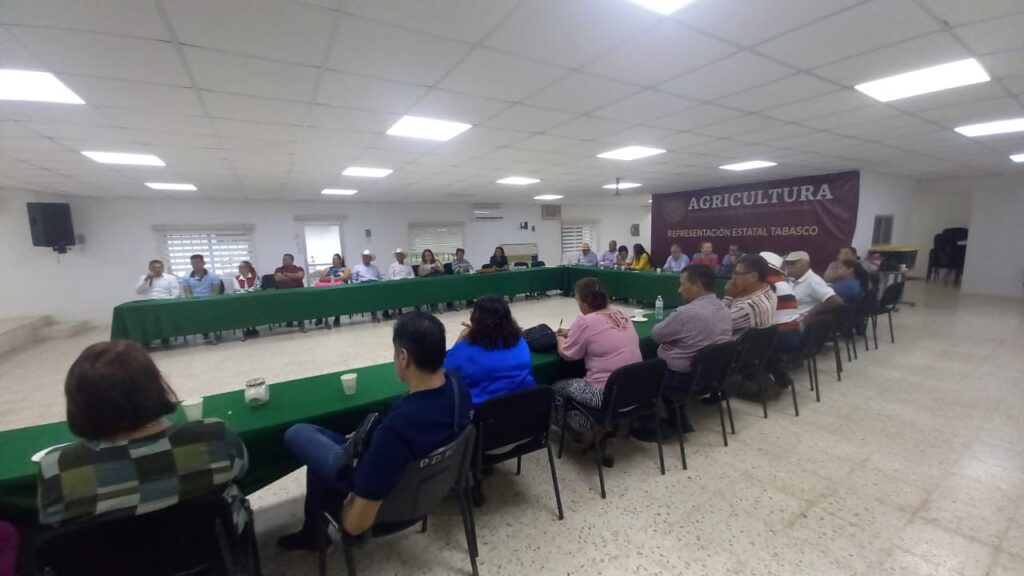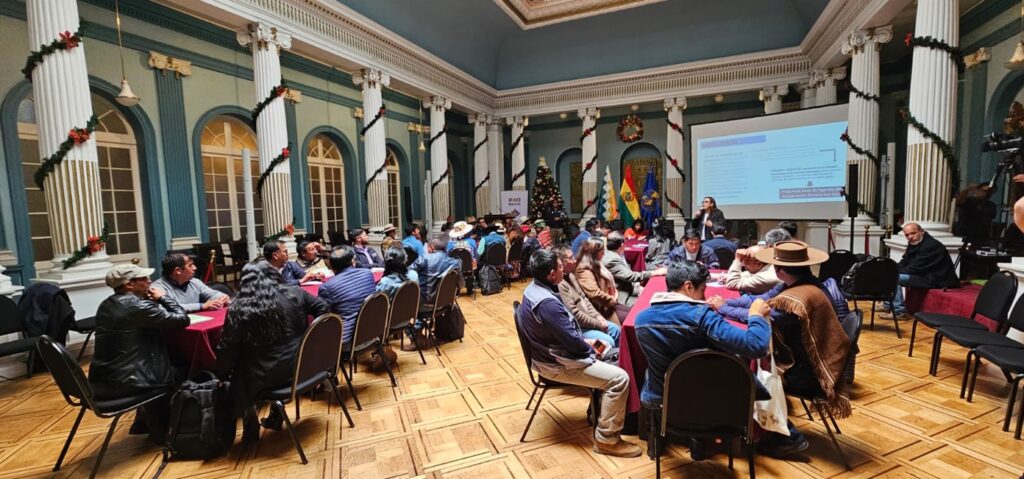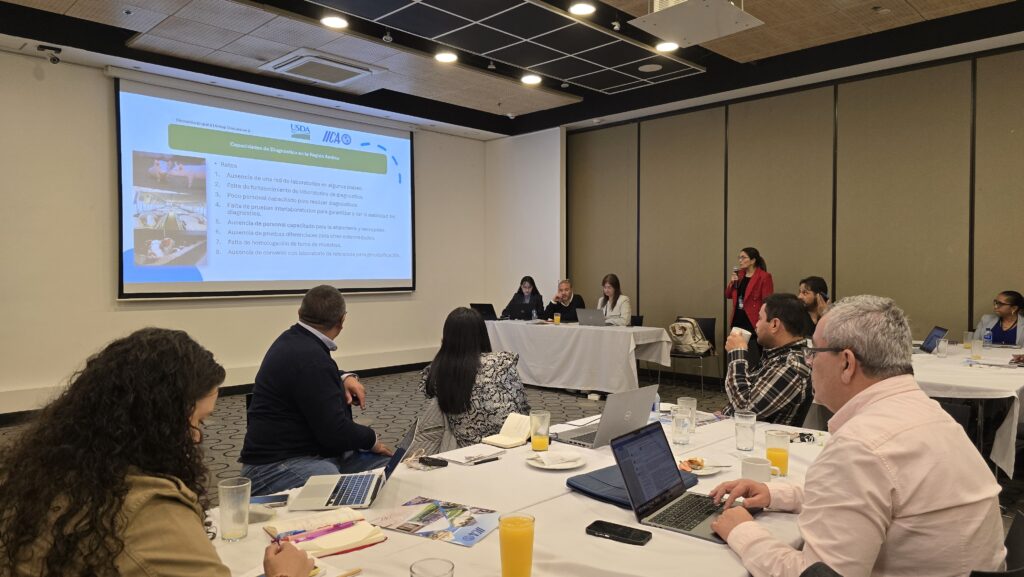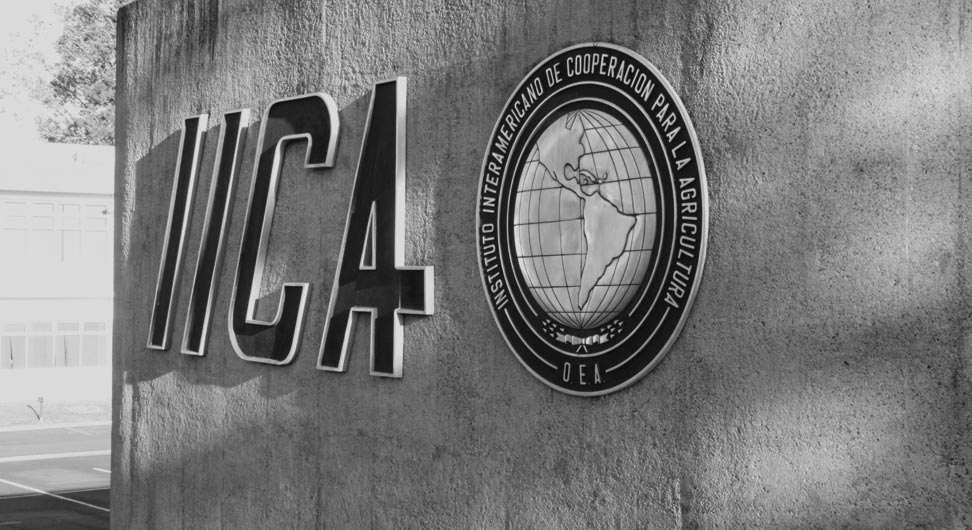La iniciativa busca mejorar la productividad y garantizar la seguridad alimentaria de pequeños productores de granos básicos localizados en una de las zonas más vulnerables al cambio climático en el mundo.
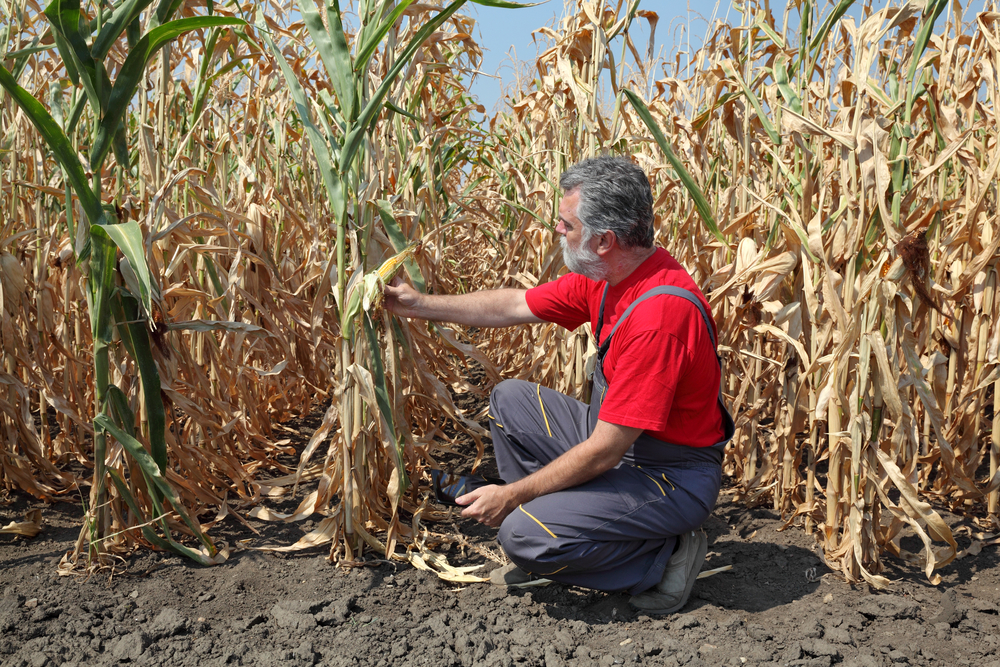
San José, 13 de marzo de 2019 (IICA) – Unas 3.000 familias de productores de granos básicos del Corredor Seco Centroamericano, una de las zonas más vulnerables del mundo al cambio climático, serán las principales beneficiarias de un proyecto que ejecutarán este año la Unión Europea (UE) y el Instituto Interamericano de Cooperación para la Agricultura (IICA).
El proyecto transferirá tecnología innovadora mediante sistemas agroforestales multiestratos, con el objetivo de fortalecer la resiliencia a la variabilidad climática y mejorar la seguridad alimentaria en esta región.
La aplicación de sistemas agroforestales multiestratos combina la siembra de árboles o forrajes con la producción de alimentos. Con el empleo de esta técnica, pequeños productores de frijol y maíz en esta región tendrán resultados positivos en el incremento de sus rendimientos, la protección de las fuentes de agua, el mejoramiento del suelo, el impulso de la biodiversidad y la generación de ingresos adicionales.
La iniciativa se enmarca en el Programa para el Desarrollo e Innovación Inteligente a través de la Investigación en Agricultura (DeSira) de la UE y tendrá una duración de cinco años. Buscará, además, integrar la gestión del conocimiento, la innovación y validación de tecnologías altamente resilientes, los sistemas agroforestales adaptados a granos básicos y otras actividades productivas, la producción y uso de bioinsumos, robustecer las cadenas de valor, las estrategias para la adopción de tecnologías y fortalecer la capacidad organizacional de los pequeños productores para la comercialización de su producción.
“No existe una solución estándar ni homogénea; es necesario que existan espacios colaborativos donde a partir de cada realidad, aparezcan soluciones sencillas e integradoras para resolver los desafíos en contextos tan complejos como el Corredor Seco Centroamericano”, indicó el asesor en Asuntos de Cooperación Regional de la Unión Europea en Nicaragua y Panamá, Luis Sonzini.
“Los países centroamericanos aún no cuentan con las condiciones necesarias para dar solución por sí mismos a los problemas de seguridad alimentaria que enfrentan. Llegó el momento de construir sinergias, reemplazando los esfuerzos nacionales por la fortaleza de una alianza regional, en la que los sistemas agroforestales más que una vía a recorrer son el futuro y un paso en la dirección correcta”, afirmó el Director General del IICA, Manuel Otero.
El proyecto se encuentra en la etapa de construcción y para aportar en su diseño un grupo de especialistas en al área de desarrollo de proyectos, en desarrollo rural, sistemas de producción sostenible y cambio climático de la UE, del IICA, del Sistema de Integración Centroamericana (SICA), del Programa Mundial de Alimentos, de centros de investigación, de agencias europeas de cooperación internacional y organizaciones no gubernamentales se reunieron en San José, Costa Rica, para avanzar en la implementación de sistemas de producción sostenibles de alimentos.
Las experiencias y las buenas prácticas de las organizaciones que han trabajado en el desarrollo agroalimentario en este territorio centroamericano cimientan las bases de este nuevo proyecto, que involucra a los grupos más vulnerables desde la concepción de la estrategia para un beneficio con alcance multinivel. También, el bagaje ya adquirido, fortalecerá a las organizaciones de productores para que la adopción nuevas tecnologías sea lo más rentable posible.
“Un tema relevante del proyecto es el análisis de la rentabilidad de las innovaciones para el productor para garantizar su adopción y sostenibilidad. Además, debemos aprovechar la vinculación con las asociaciones existentes, el uso eficiente de los recursos e incorporar las iniciativas que ya están en etapa de ejecución para abordar este importante desafío del Corredor Seco Centroamericano”, explicó el coordinador para Asuntos Especiales de la Región Central del IICA, Erick Quirós.
El Corredor Seco
El Corredor Seco Centroamericano es una zona de bosque tropical seco de 156 millones de kilómetros cuadrados que se extiende desde la costa occidental de Chiapas (México) hasta el oeste de Panamá. En esta región conviven cerca de 30 millones de personas azotadas por problemas sociales intrínsecamente arraigados a fenómenos climatológicos extremos.
Guatemala, El Salvador, Honduras y Nicaragua son los países que sufren en mayor medida los embates del cambio climático, reportando una reducción entre el 30 y el 40 por ciento en los niveles de precipitación durante el fenómeno de “El Niño”, y donde las tormentas tropicales desencadenan efectos devastadores en las actividades productivas, a la vez que las políticas integrales para gestionar eficientemente el poco recurso hídrico son deficientes o inexistentes.
En este territorio, la agricultura juega un papel clave al emplear a un 42 por ciento de la población en la cadena alimentaria. Además, más de un 40 por ciento de los jóvenes se dedican a labores agrícolas. Sin embargo, las condiciones climáticas, el mal manejo de los recursos naturales, el alto desempleo y la baja escolaridad, son factores que inciden para que 1 de cada 3 personas acceda a sólo una comida al día.
Teniendo en cuenta que un 50 por ciento de los productores de granos básicos de la región están ubicados en esta zona y que la dieta en estos países depende en un alto grado de estos productos, iniciativas como la implementación de sistemas agroforestales multiestratos responden a una necesidad palpable de suplir alimentos y de mecanismos participativos que tengan impactos positivos en la economía.
Más información:
Erick Quirós, Coordinador para Asuntos Especiales de la Región Central del IICA.
